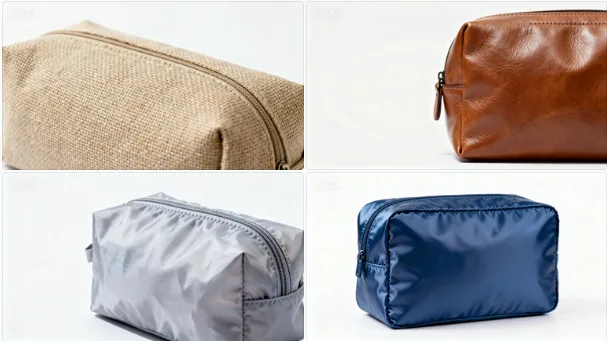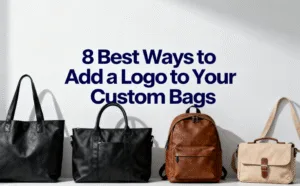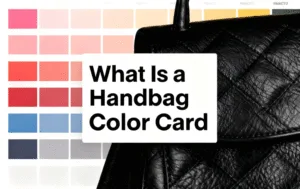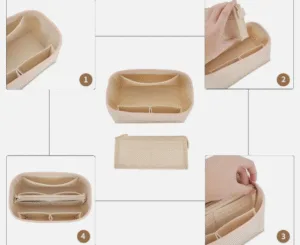In the travel goods industry, toiletry bags play a crucial role in enhancing both functionality and customer satisfaction. For toiletry bag retailers and brands, offering the right toiletry bag design is not just about style—it is about meeting practical travel needs. Size and weight are two of the most decisive factors that influence portability, packing efficiency, and compliance with travel regulations. This guide provides a structured overview of size categories, weight considerations, and design features, helping businesses develop or source travel-friendly toiletry bags that align with market demand and strengthen product competitiveness.
Contents
Why Size & Weight Matter for Toiletry Bags
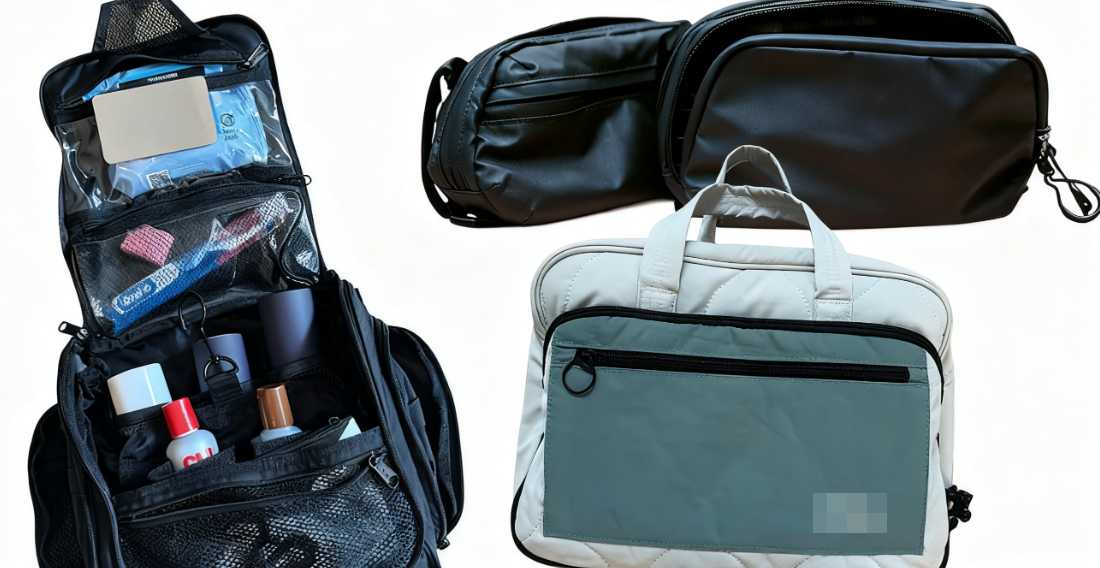
For brands and procurement managers in the travel goods sector, size and weight are two of the most decisive factors when developing or sourcing toiletry bags. They directly affect packing efficiency, user comfort, shipping costs, and overall market positioning.
1. Size Considerations
Capacity & Organization – A compact toiletry bag may be ideal for short trips, while medium or large options are better suited for extended travel or family use.
Luggage Compatibility – Dimensions must align with standard carry-on or cabin luggage to ensure consumer convenience.
Retail Market Segmentation – Offering a range of sizes helps brands target different customer groups (backpackers, business travelers, families).
2. Weight Considerations
Lightweight Design – Nylon or polyester bags reduce overall luggage weight, appealing to frequent flyers.
Durability vs. Portability – Leather and reinforced constructions add weight but deliver a premium, long-lasting feel.
Shipping Efficiency – Lightweight materials lower logistics costs and improve margins for large-scale distribution.
3. Travel Regulations
Airline Carry-On Rules – Toiletry bags must accommodate 100ml liquid containers for airport security compliance.
Transparent or Semi-Transparent Compartments – Increasingly important for speeding up TSA and EU security checks.
4. Common Body Materials and Their Characteristics
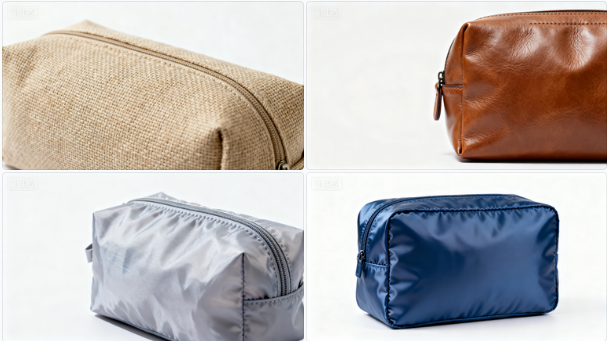
Bag bodies are typically made of canvas, leather, nylon, polyester, PU leather, or advanced coated fabrics like TPU and PVC. Each material offers different levels of durability, waterproofing, weight, aesthetics, and cost. For example, leather conveys luxury, ballistic nylon ensures toughness, and TPU-coated polyester guarantees waterproof protection. The right choice depends on target customers, functional needs, bag sustainability goals, and price positioning.
Material Comparison Table
| Material Type | Durability | Waterproofing | Weight | Aesthetic Appeal | Typical Applications |
|---|---|---|---|---|---|
| Canvas (Cotton) | Medium | Low–Medium | Light | Casual, eco-friendly | Totes, backpacks, fashion bags |
| Nylon (Ballistic/Ripstop) | High | High | Very Light | Sporty, technical look | Travel gear, hiking packs, laptop bags |
| Polyester (Oxford/Standard) | Medium–High | Moderate | Light | Versatile, easy to dye | Gym bags, duffel bags, school bags |
| Genuine Leather | Very High | Medium (with wax/oil) | Heavy | Luxurious, timeless style | Premium handbags, business cases |
| PU / Synthetic Leather | Medium–High | Moderate | Medium | Affordable luxury look | Fashion backpacks, mid-range bags |
| TPU / PVC Coated Fabric | High | Excellent | Medium | Sleek, modern finish | Dry bags, delivery bags |
| Recycled PET Fabric | Medium–High | Medium–High | Light | Sustainable appeal | Eco-fashion bags, business bags |
5. Structured vs. Soft-Shell Construction
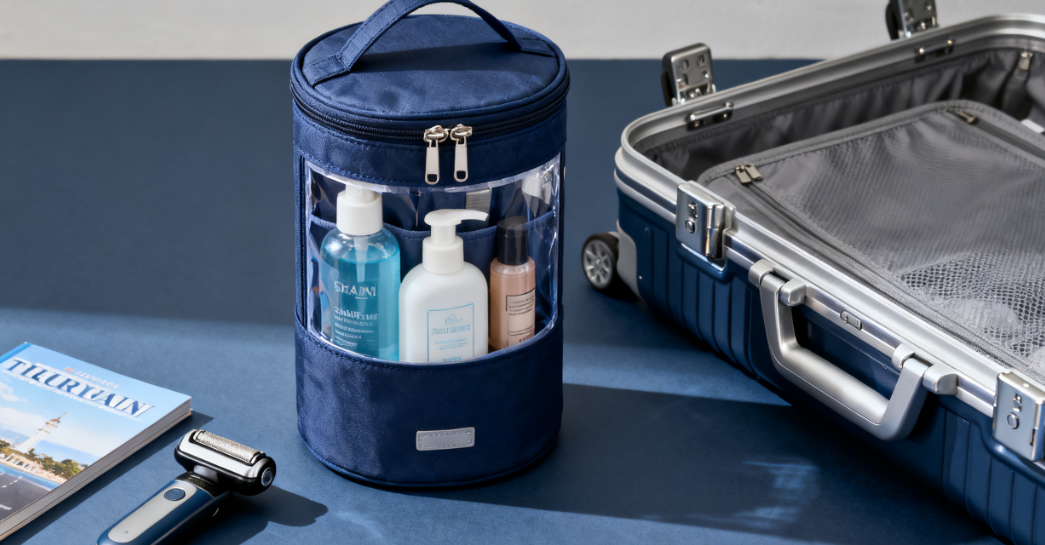
Structured Bags – Reinforced with EVA foam, PP boards, or metal frames to retain shape; common in luxury handbags, office briefcases, and camera bags.
Soft-Shell Bags – Rely on textile drape for flexibility; common in gym duffels, travel backpacks, and casual toiletry kits.
| Construction Style | Advantages | Examples |
|---|---|---|
| Structured | Premium look, shape retention | Luxury handbags, laptop briefcases |
| Semi-Structured | Balance of weight & stability | Weekender bags, designer backpacks |
| Soft-Shell | Lightweight, foldable | Gym duffels, packable travel bags |
6. Performance Factors That Influence Material Choice
Abrasion Resistance – Ballistic nylon, leather, and TPU-coated fabrics excel in high-wear environments.
Weather Protection – TPU-coated polyester bag and marine-grade PVC deliver 100% waterproof bag performance.
Strength-to-Weight Ratio – Nylon offers high durability with minimal weight, while leather adds prestige but increases heaviness.
Ease of Cleaning – Synthetic fabrics are typically wipe-clean or machine-washable, unlike untreated leather.
7. Cost & Market Positioning
| Material Type | Average Cost (USD/sqm) | Target Market Segment |
|---|---|---|
| Cotton Canvas | 1.5 – 3.0 | Eco-conscious casual fashion |
| Nylon (Ripstop) | 2.5 – 4.0 | Outdoor/technical gear |
| Polyester (Oxford) | 1.2 – 2.5 | Mid-range, school, promotions |
| PU Leather | 2.5 – 5.0 | Affordable fashion |
| Genuine Leather | 8.0 – 20.0+ | Luxury/high-end market |
| TPU / PVC Coating | 3.0 – 6.0 | Marine, delivery, waterproof |
8. Sustainability & Eco-Certified Alternatives
Sustainability is becoming a decisive factor in material selection for toiletry bags, especially as global markets move toward stricter ESG compliance. Many factories now provide GRS-certified fabrics made from recycled PET bottles, water-based PU leather with low VOC emissions, and organic cotton canvas that caters to eco-fashion brands. Hybrid blends are also gaining traction by offering both durability and ecological performance. To meet international requirements, suppliers are increasingly required to comply with OEKO-TEX® Standard 100 and REACH certifications, ensuring that products meet EU and US safety and environmental regulations.
9. Brand-Specific Customization Options
Beyond materials, customization remains essential for brands looking to differentiate their toiletry bags in competitive markets. Premium and mid-market labels often request logo-embossed PU panels to strengthen brand recognition, digitally printed polyester shells to achieve vibrant and complex designs, and Pantone-matched canvas to ensure consistent brand colors. In addition, special coatings such as UV protection, antimicrobial treatments, or flame-retardant finishes are frequently specified, allowing brands to deliver added value while aligning with both functional and marketing objectives.
Common Toiletry Bag Sizes
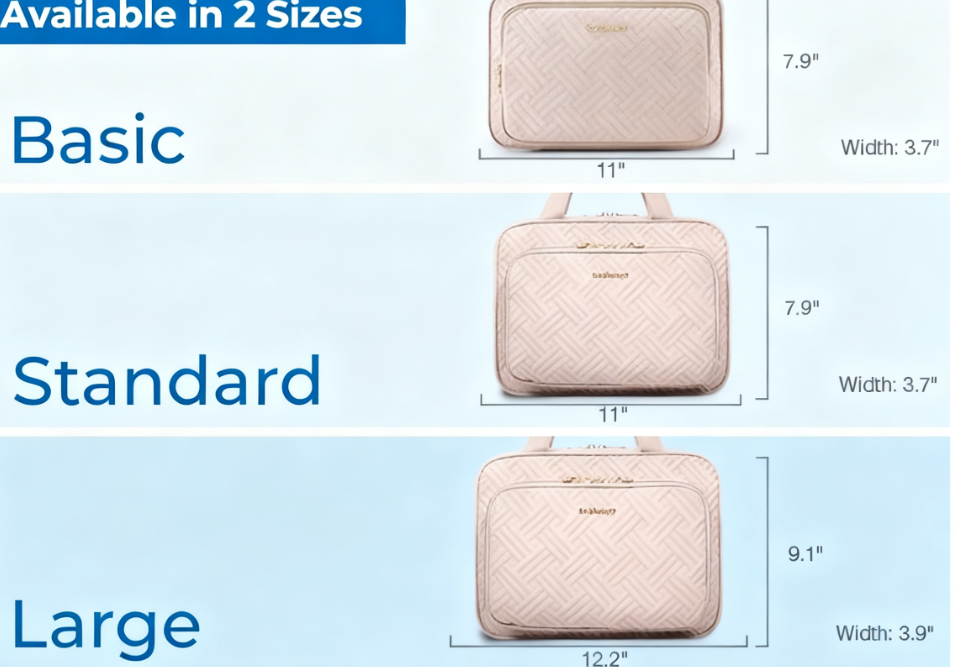
A toiletry bag is a compact storage solution designed to organize personal care products during travel. From a business perspective, size is one of the most important factors to consider, as it not only determines capacity but also compliance with airport security regulations. For example, carry-on toiletry bags must typically fit within airline-approved dimensions and allow liquids to be packed in containers of 100ml or less for smooth security checks. Offering a variety of sizes helps brands target different customer groups and travel bag scenarios.
- Small (Compact) – Usually no longer than 20 cm, these lightweight designs are ideal for short trips, business overnights, or minimalist travelers carrying only the essentials.
- Medium (Standard) – Ranging from 20–30 cm, this is the most versatile size, balancing space and portability. It works well for 3–5 day journeys and is the most common option for mainstream retail.
- Large (Family/Extended Trips) – Typically 30 cm or larger, these bags are designed for long holidays or family use. They offer multiple compartments and higher capacity but require more luggage space.
Choosing the right size category allows brands to align their toiletry bag collections with specific consumer needs, from business travelers seeking compact efficiency to families requiring extended capacity. By offering a well-structured size range, companies can enhance customer satisfaction, improve market coverage, and strengthen their competitive positioning in the travel goods sector.
What is the Most Suitable Weight for Travelers?
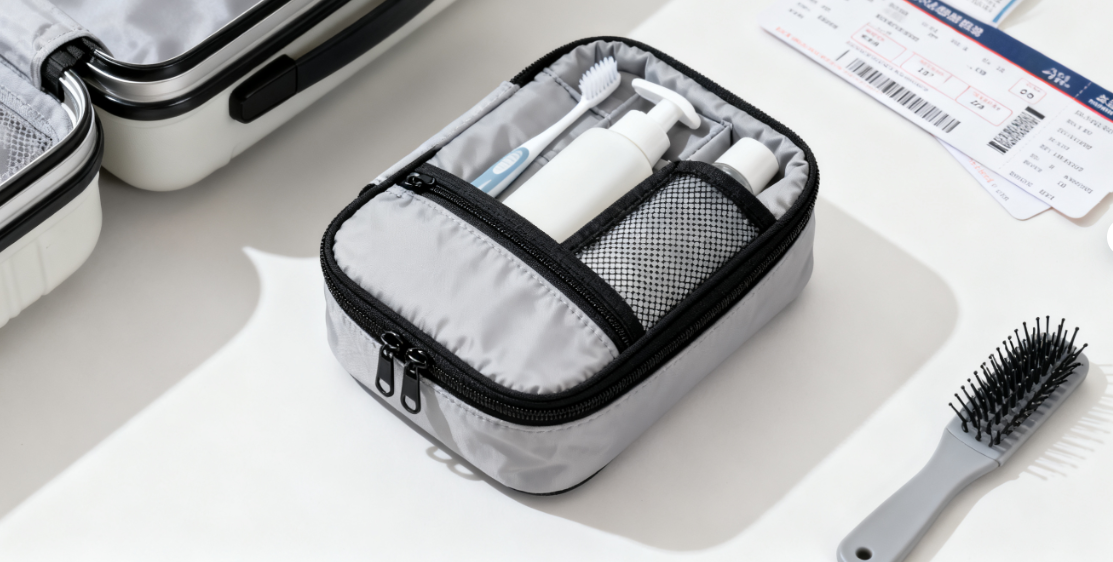
Weight is one of the most critical factors when designing or sourcing toiletry bags. It directly affects portability, user comfort, durability, and logistics costs. A lightweight design is often preferred by frequent flyers and backpackers, while standard-weight options made of heavier fabrics or leather provide durability and a more premium feel. The balance between extra compartments, organization features, and weight is key, as multi-functional bags often add grams that impact convenience and shipping efficiency.
Common Weight Categories
| Weight Category | Typical Materials | Advantages | Applications |
|---|---|---|---|
| Ultra-Light | Nylon, Polyester | Easy to carry, reduces luggage weight | Backpackers, budget airlines, promotions |
| Standard Weight | Leather, Thick Canvas | Durable, premium aesthetics | Mid-range & luxury brands, business travel |
| Reinforced / Heavy | Multi-layer PU, EVA panels, TPU coating | Structured, protective, long-lasting | Outdoor gear, waterproof kits, tactical bags |
Functional Trade-Offs: Compartments vs. Weight
- Multi-Compartment Designs – Provide superior organization (elastic loops, mesh pockets, detachable pouches) but increase overall weight.
- Minimalist Bags – Single-compartment or roll-up styles reduce weight, ideal for travelers who prioritize mobility.
- Market Segmentation – Business travelers often accept slightly heavier bags for organization, while minimalist or eco-conscious buyers prefer ultra-light options.
Material Impact on Weight
| Material Type | Weight Profile | Durability | Market Positioning |
|---|---|---|---|
| Nylon / Ripstop | Very Light | High | Technical & outdoor travel gear |
| Polyester (Oxford) | Light | Medium–High | Mainstream mid-market |
| Leather | Heavy | Very High | Luxury brands, timeless aesthetics |
| PU / Synthetic | Medium | Medium–High | Affordable fashion brands |
| TPU / PVC Coated | Medium–Heavy | High | Waterproof/outdoor kits |
Logistics and Cost Considerations
- Freight & Shipping – Lighter materials lower international shipping costs, improving margins for bulk orders.
- Retail Price Point – Heavier premium bags (e.g., leather) justify higher pricing, while ultra-light bags are better suited for mass retail or promotional markets.
- Customization Influence – Added features (logo embossing, metal zippers, extra padding) can increase weight and must be balanced against brand positioning.
Lightweight toiletry bags usually reflect a sporty or minimalist look bag, while heavier designs with leather or reinforced structures convey luxury, heritage, and long
Tips for Choosing the Right Travel-Friendly Toiletry Bag
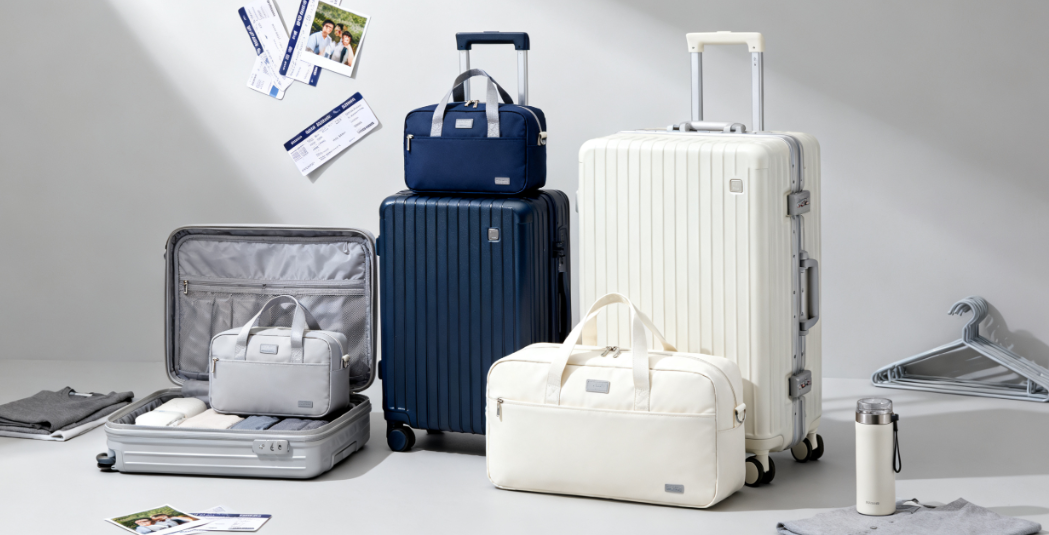
Selecting the right travel-friendly toiletry bag requires balancing size, weight, material, functionality, cost, and sustainability. Product developers and designers evaluate bag components—including body material, compartments, closures, linings, hardware, and decorative elements—based on target market, end-user needs, brand positioning, and compliance requirements. Partnering with experienced OEM/ODM leather bag manufacturers like Sunteam ensures that prototypes, material sourcing, and testing meet performance expectations, quality standards, and brand aesthetics.
1. Target Market and Travel Application
Bag specifications must reflect the intended usage and customer segment. Compact and lightweight bags suit business travelers or backpackers, while medium or large bags accommodate extended trips or family use. Luxury segments may prefer leather and premium hardware, whereas outdoor or travel-focused collections require ballistic nylon, waterproof zippers, and reinforced handles. Promotional or corporate gifts prioritize cost-effectiveness and branding, while eco-conscious brands favor recycled PET fabrics or solvent-free coatings to achieve GRS or OEKO-TEX® sustainability certifications.
2. Functionality and Aesthetic Considerations
Functionality determines durability, water resistance, security, and ease of use, while aesthetics cover surface finish, colors, logo embossing, and decorative hardware. Features like RFID-blocking compartments, roll-top closures, and ergonomic handles enhance practical value, whereas custom zipper pulls, branded linings, and plated locks strengthen visual appeal and brand storytelling. Mid-market designs typically aim for a balance between practicality and style, offering both usability and brand-consistent aesthetics.
3. Cost and Performance Trade-Offs
Before committing to mass production, designers evaluate unit cost impacts. Polyester linings, nylon straps, and plastic hardware reduce costs for entry-level or promotional bags, while YKK zippers, microfiber suede linings, and hand-stitched leather straps suit premium or luxury products. Many brands employ a value matrix to simulate how upgrading specific components affects retail pricing, durability, and perceived quality.
Conclusion
By carefully considering size, weight, materials, and functional features, brands can develop travel-friendly toiletry bags that meet consumer expectations, comply with travel regulations, and align with their market positioning. Partnering with experienced manufacturers like Sunteam ensures access to expert material selection, precise prototyping, and high-quality production, enabling brands to deliver reliable, stylish, and customizable toiletry solutions for every traveler.
Contact Sunteam today to discuss your OEM/ODM options and create bespoke toiletry bags tailored to your brand’s unique requirements.

